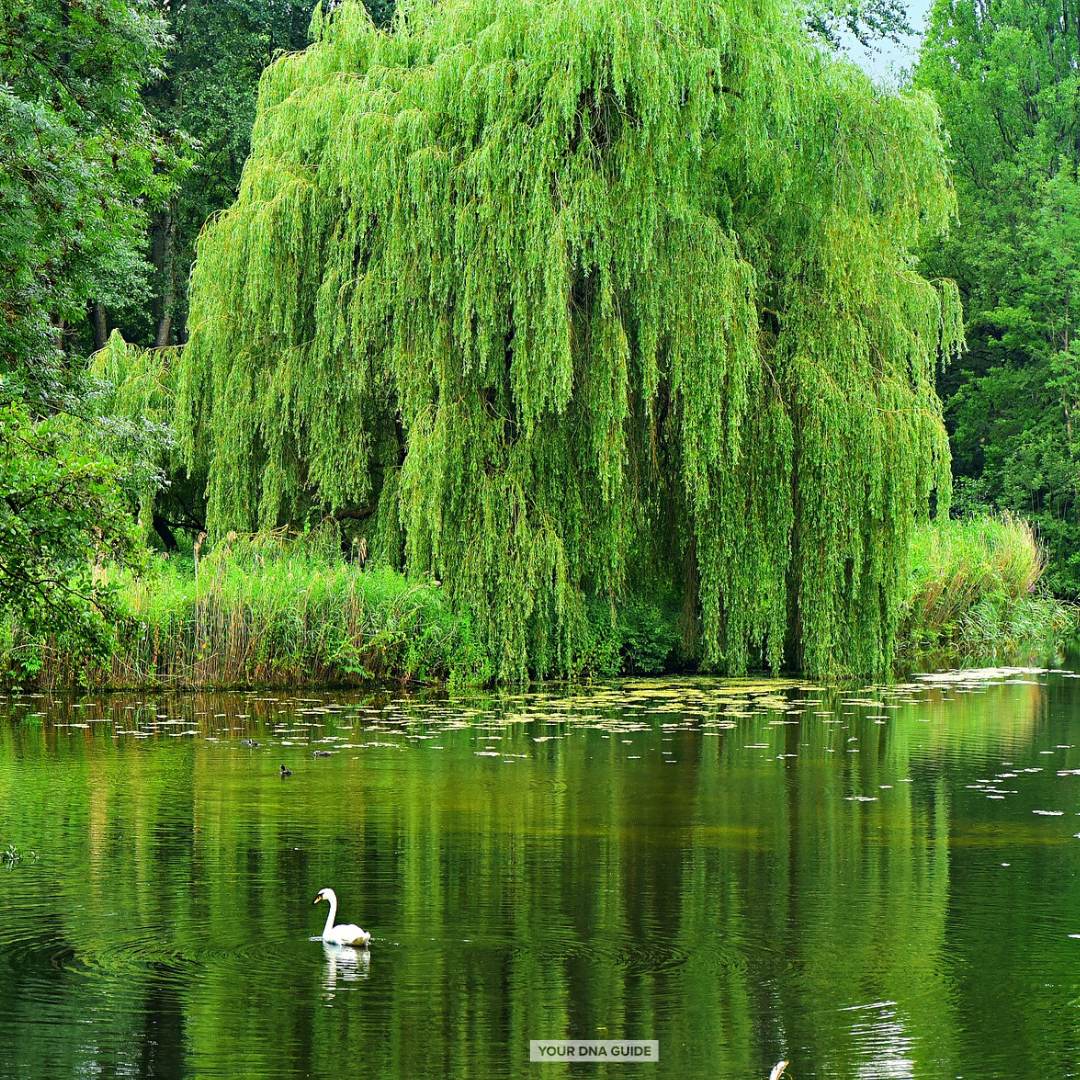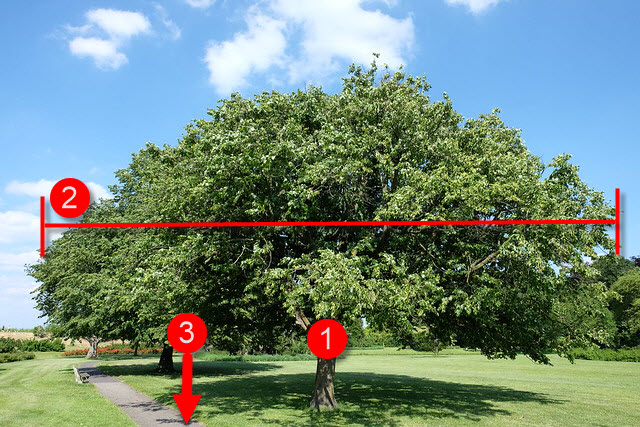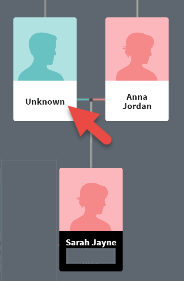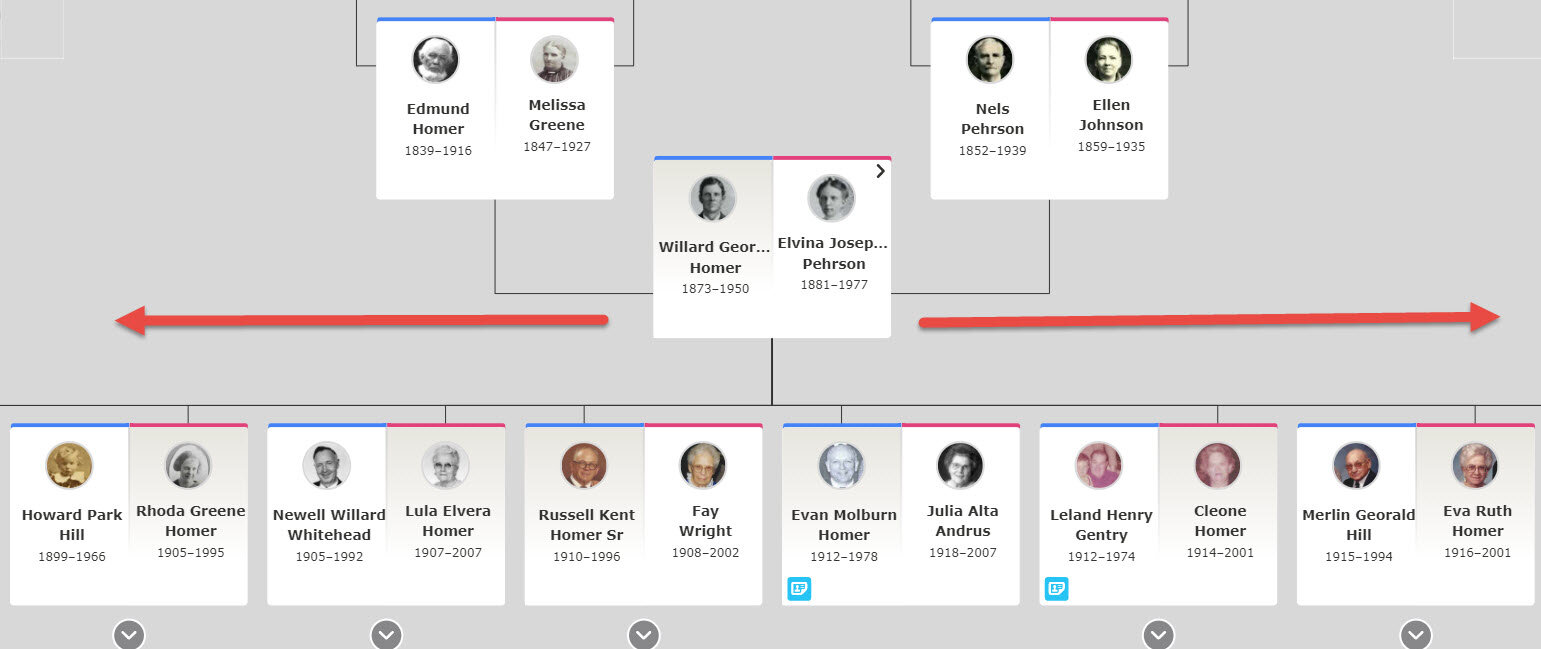The best family tree you can attach to your DNA test results has certain qualities. Here’s how to create a DNA-friendly family tree and why it makes a difference to your genetic genealogy success.
 When you take a DNA test looking for biological connections, one of the most important things to do is to attach a family tree to your DNA results. This can not only activate helpful tools at your testing company, but it is also just good genetic genealogy etiquette. Here are some tips for building the best possible family tree for DNA matching purposes.
When you take a DNA test looking for biological connections, one of the most important things to do is to attach a family tree to your DNA results. This can not only activate helpful tools at your testing company, but it is also just good genetic genealogy etiquette. Here are some tips for building the best possible family tree for DNA matching purposes.
But first…In case you’re new to the genealogy world, a family tree shows the names of your relatives, along with identifying information about them and how everyone is related to each other. This tree might help your testing site give you clues about how you’re related to your DNA matches.
You can create a family tree in software made for that purpose. A few DNA testing sites also allow you to create trees right on their site. You just enter key information you know about each deceased relative: name; date and place of birth; date and place of marriage and name of spouse; date and place of death. To protect privacy, enter only initials or surnames of living relatives (the testing sites should not reveal information on people in your tree who are living, but it doesn’t hurt to play it safe.) If you use software, you’ll need to upload the tree to your testing site and link it to your DNA test results.
How to create the best family tree for DNA matches

Follow these three tips to be sure you have the best possible family tree attached to your DNA test results.
1. Focus on biological branches.
The family tree you connect to your DNA test results should be a DNA-based family tree. Meaning, it should have your biological relatives only, to the best of your knowledge. This applies to your parents but also to your extended family. Including only biological relatives will help the testing site (and your DNA matches) watch for the place on your tree where you overlap with your DNA matches.
If you have unknown biological relatives, consider identifying them as such on your tree. Instead of a surname in that person’s profile, enter the word “Unknown” or something similar, as shown here. That helps your DNA matches know where your knowledge ends. This means that if you yourself are adopted and don’t know the identities of your birth parents, your family tree will have three total profiles on it: yours and two “Unknown” parents.

2. A wide tree is usually better than a tall tree.
Many people who build their family tree like to go as far back in time as possible. They may be trying to find immigrant or illustrious ancestors, or they’re just curious about how much they can learn.
But for the purposes of DNA matching, at least for autosomal testing, you only need to go about six generations back—and maybe not even that far back. It’s actually much more useful build your family tree sideways: identify the siblings and spouses in each generation.

These siblings—the aunts and uncles and cousins—are called collateral relatives. Your DNA matches will descend from your collateral relatives. Putting them on your tree will help the DNA matching system (as well as you and your match) better identify your connection.
3. Come as close to the ground as possible.
Trace the descendants of your collateral relatives as far into the present as possible. This might seem counter-intuitive, as you may be used to climbing your family tree into the distant past. Come down instead!

Again, this will help immensely when it comes to determining how your DNA matches are related to you. When you have identified all of the surnames associated with your collateral lines, it will be much easier to see how your match with the Longden surname fits into your family, especially if they don’t know much about their family except their parents or grandparents.
Take it to the next level…
Once you’ve identified some matches and their potential relationship to you, usually the next step is reaching out and contacting those matches. Take your DNA match communication skills to the next level with our free download, Contacting DNA Matches!

